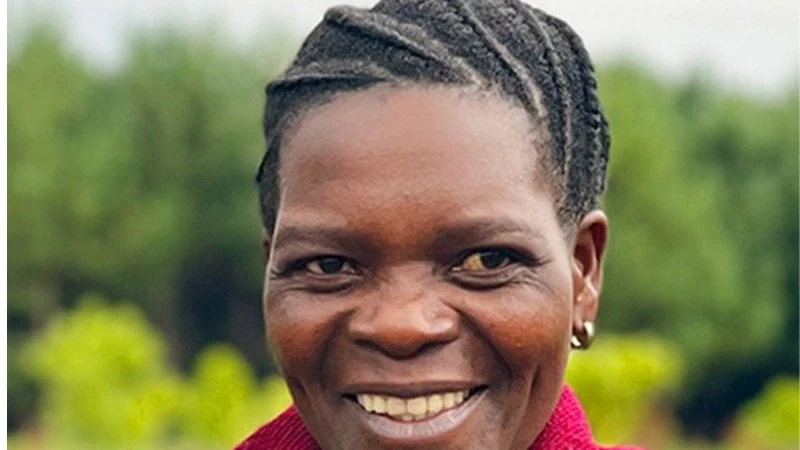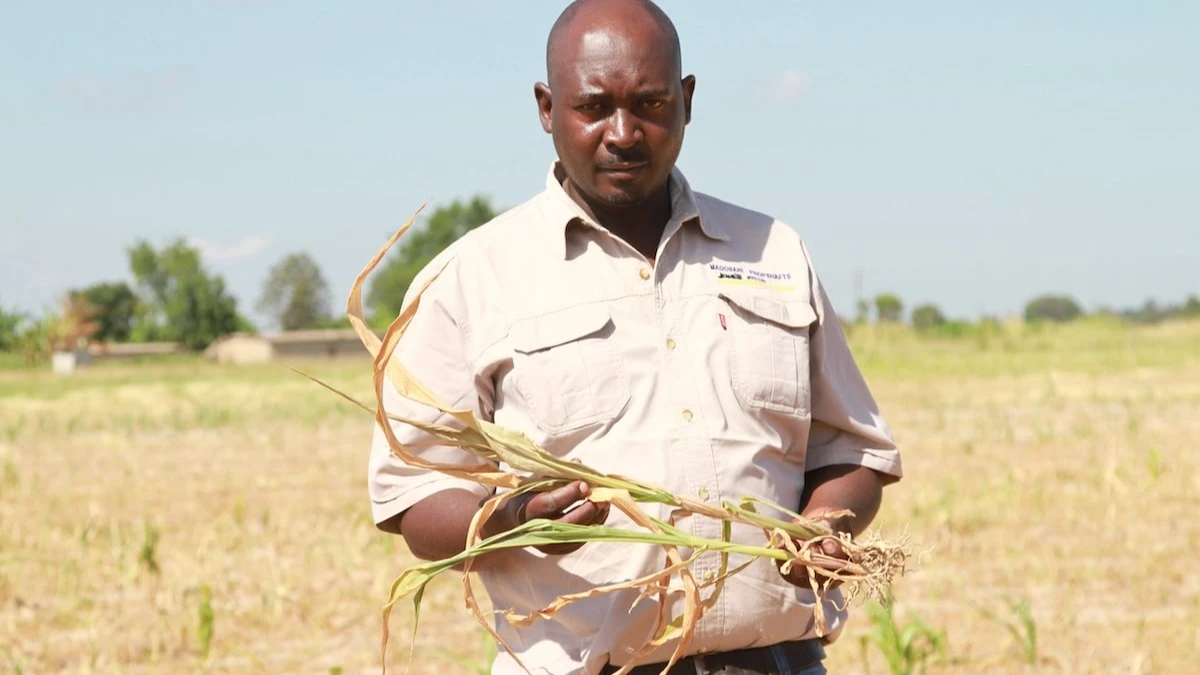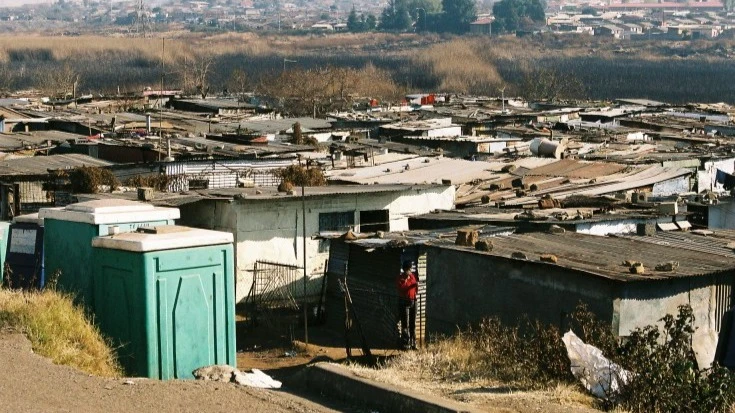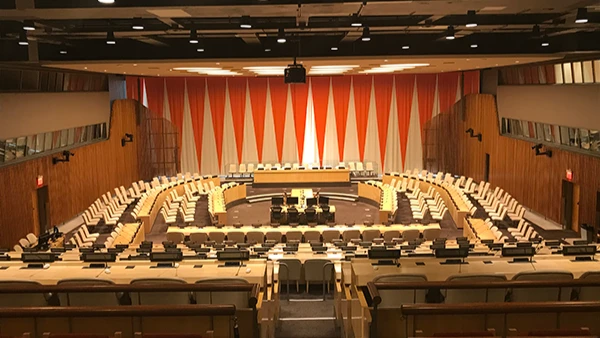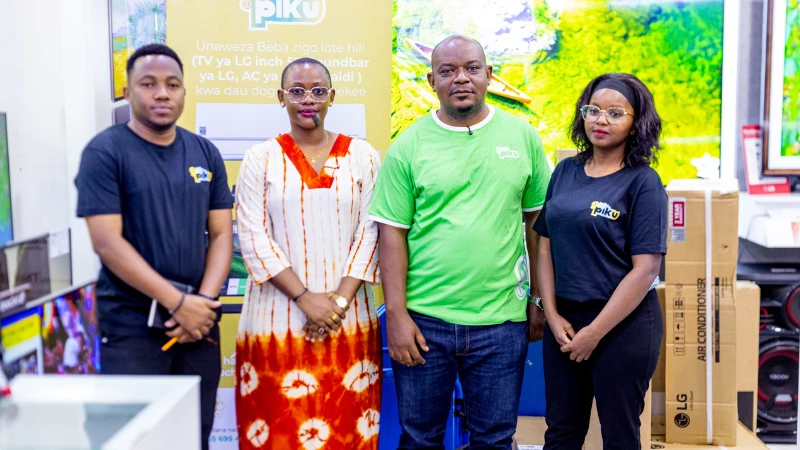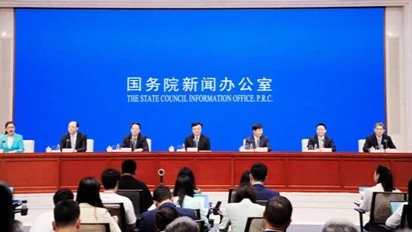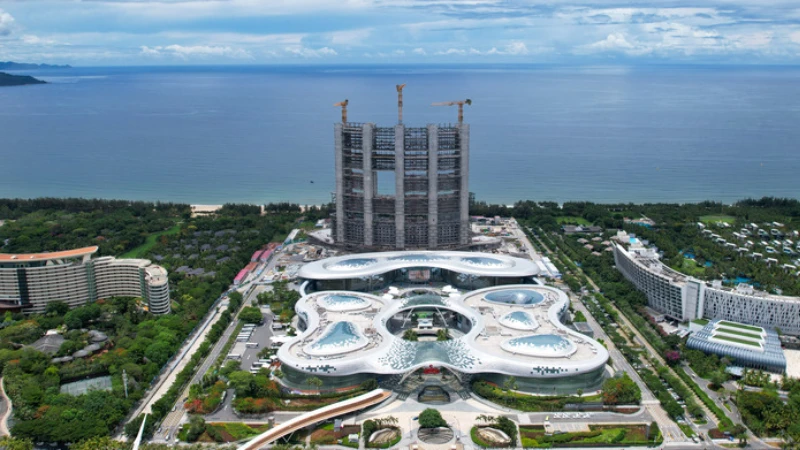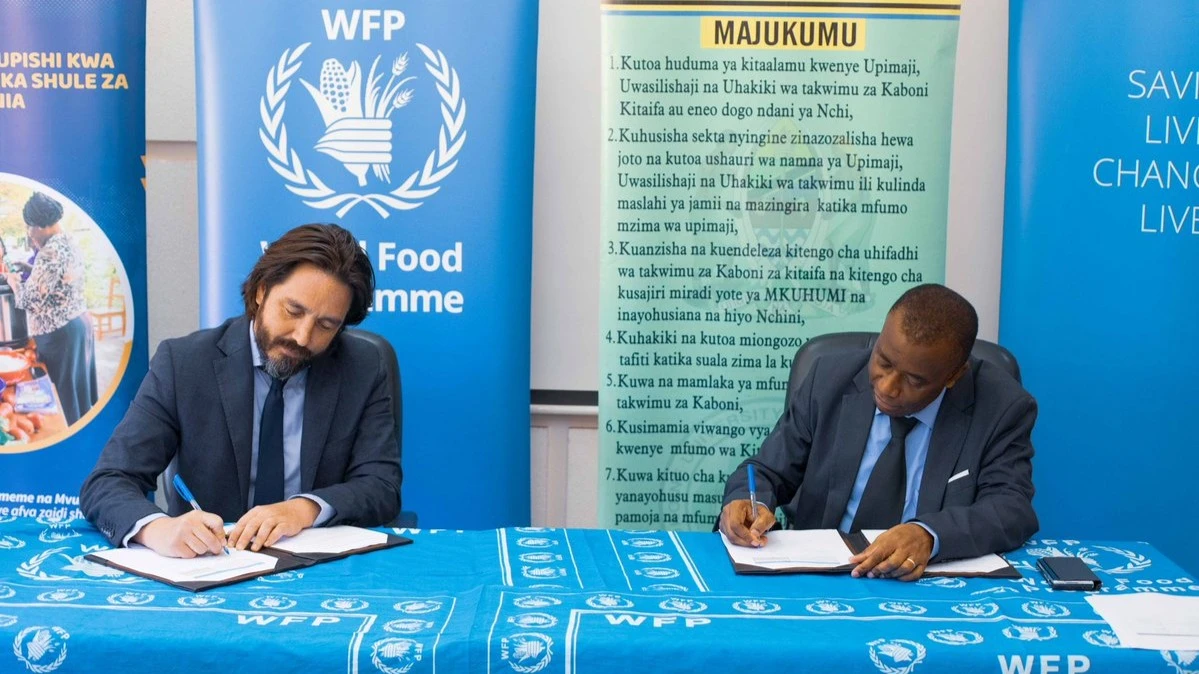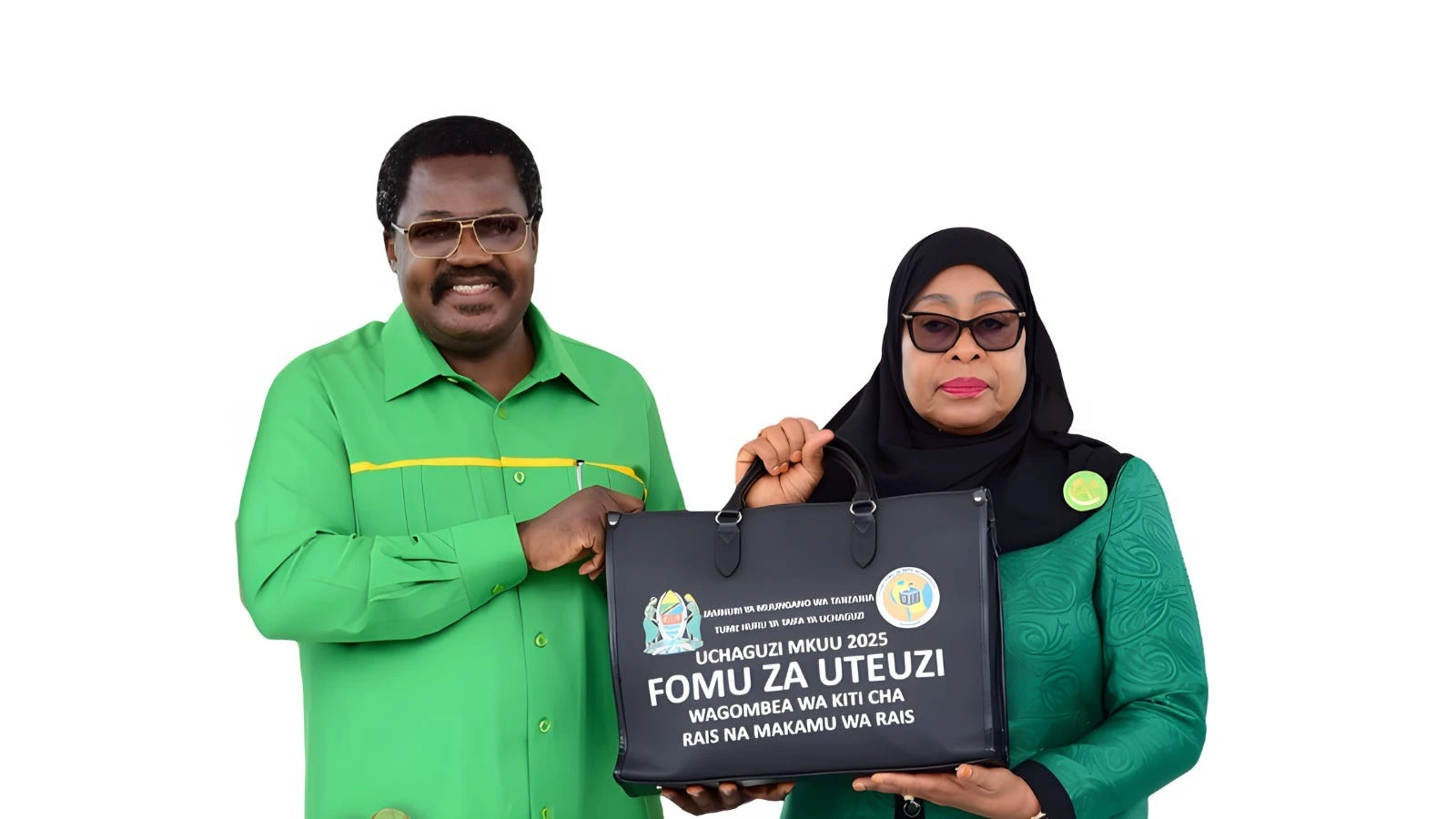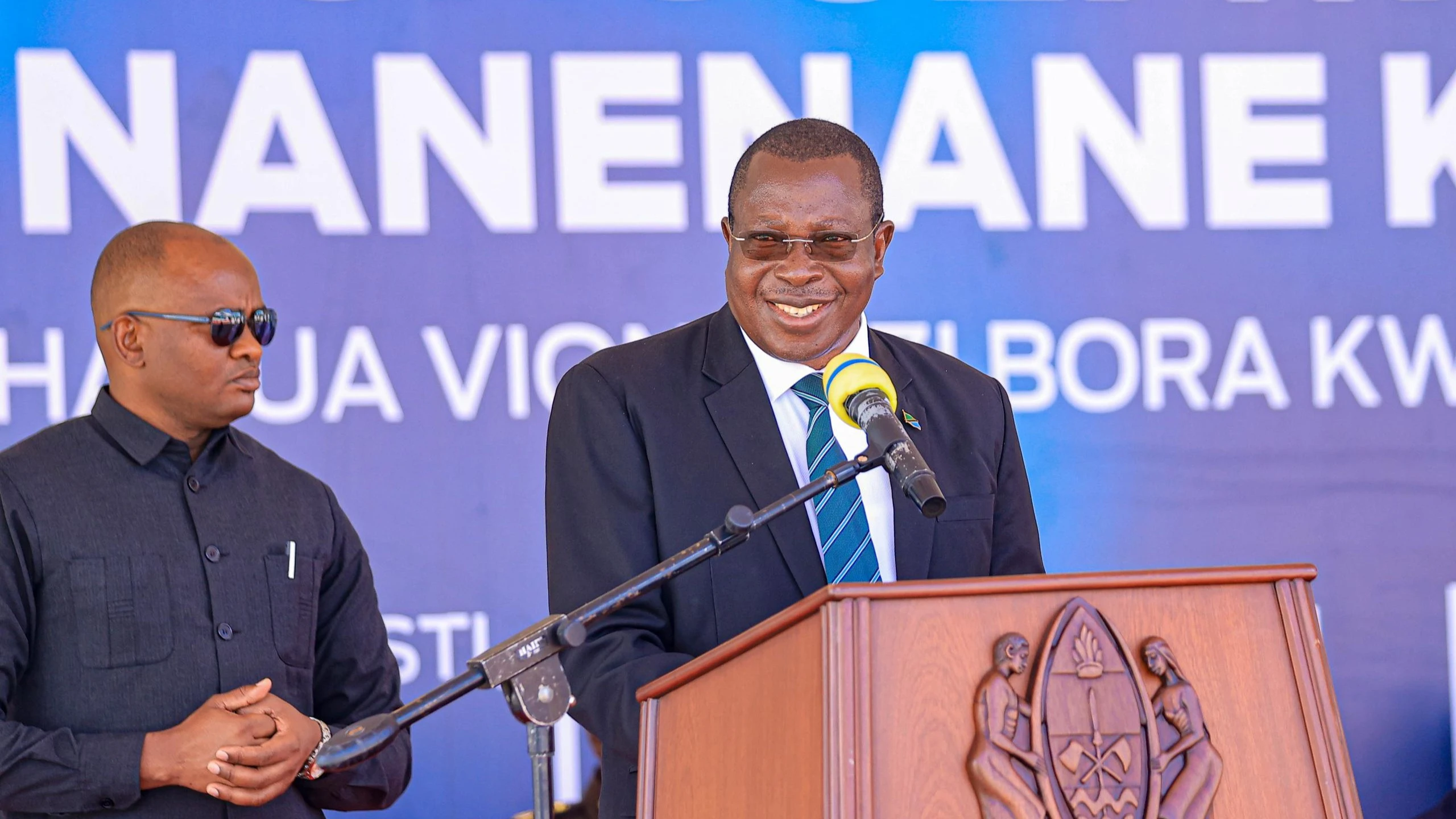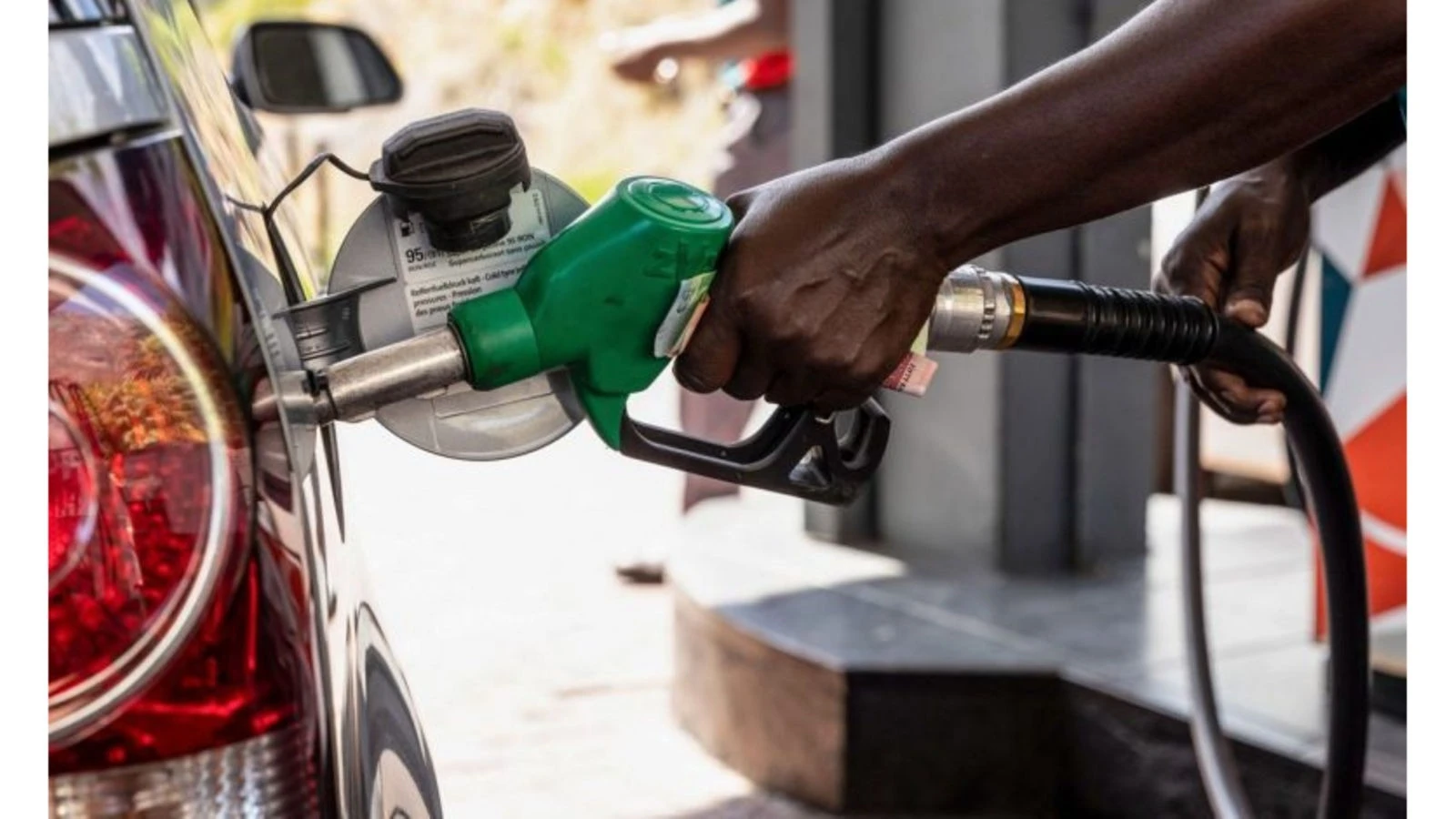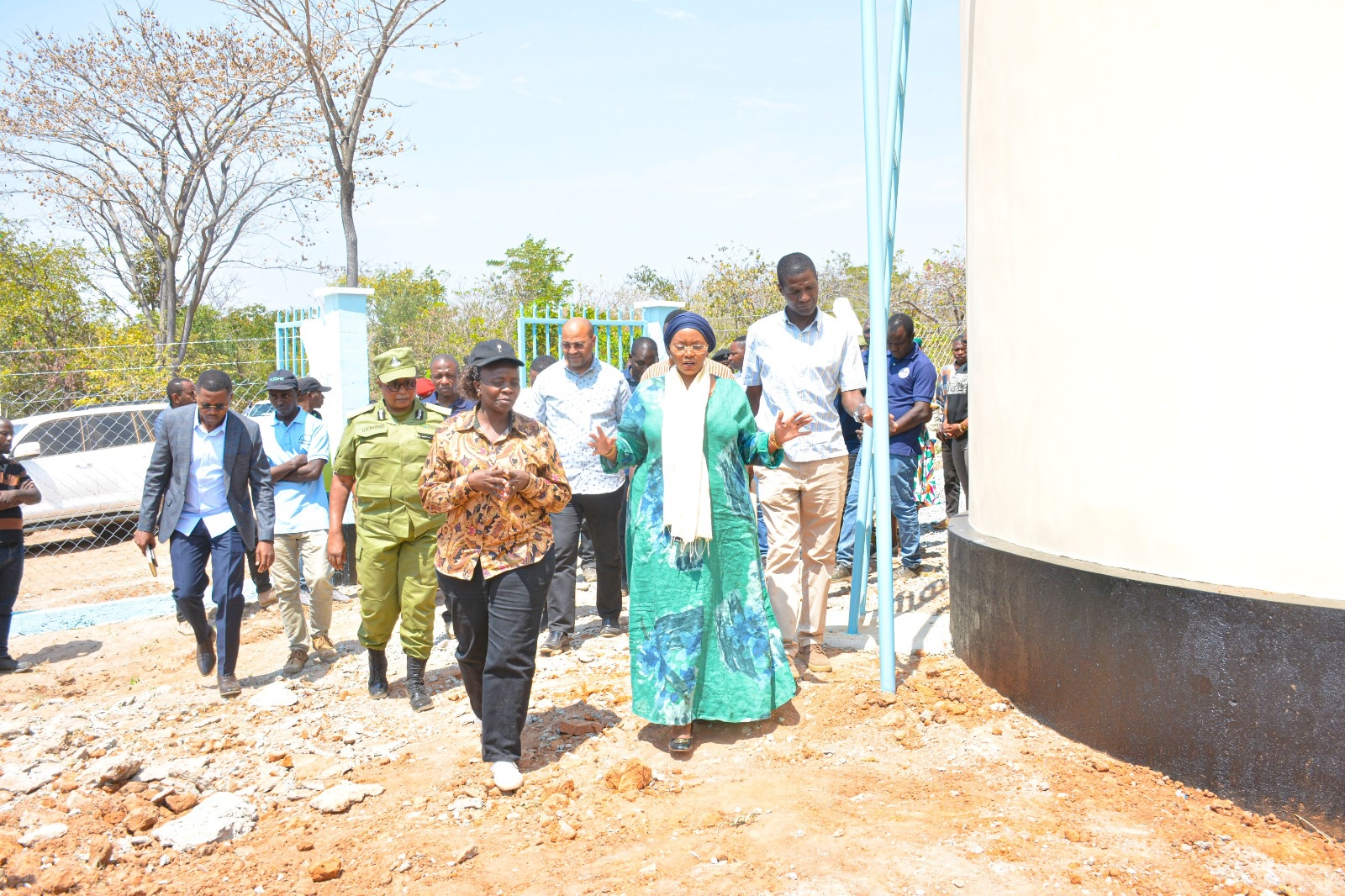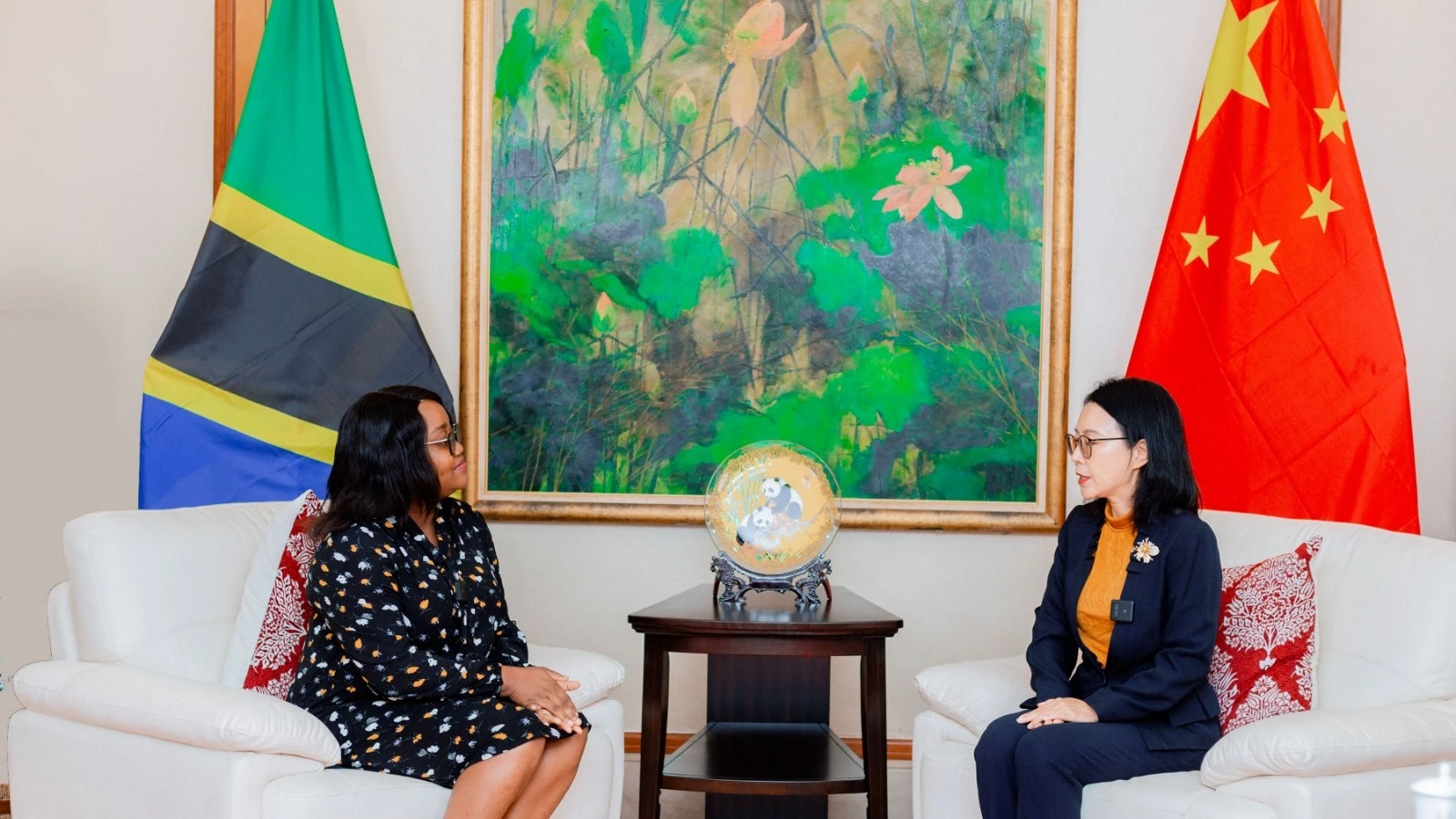Tanzania trades over 200,000 tonnes of sesame via online exchange platform
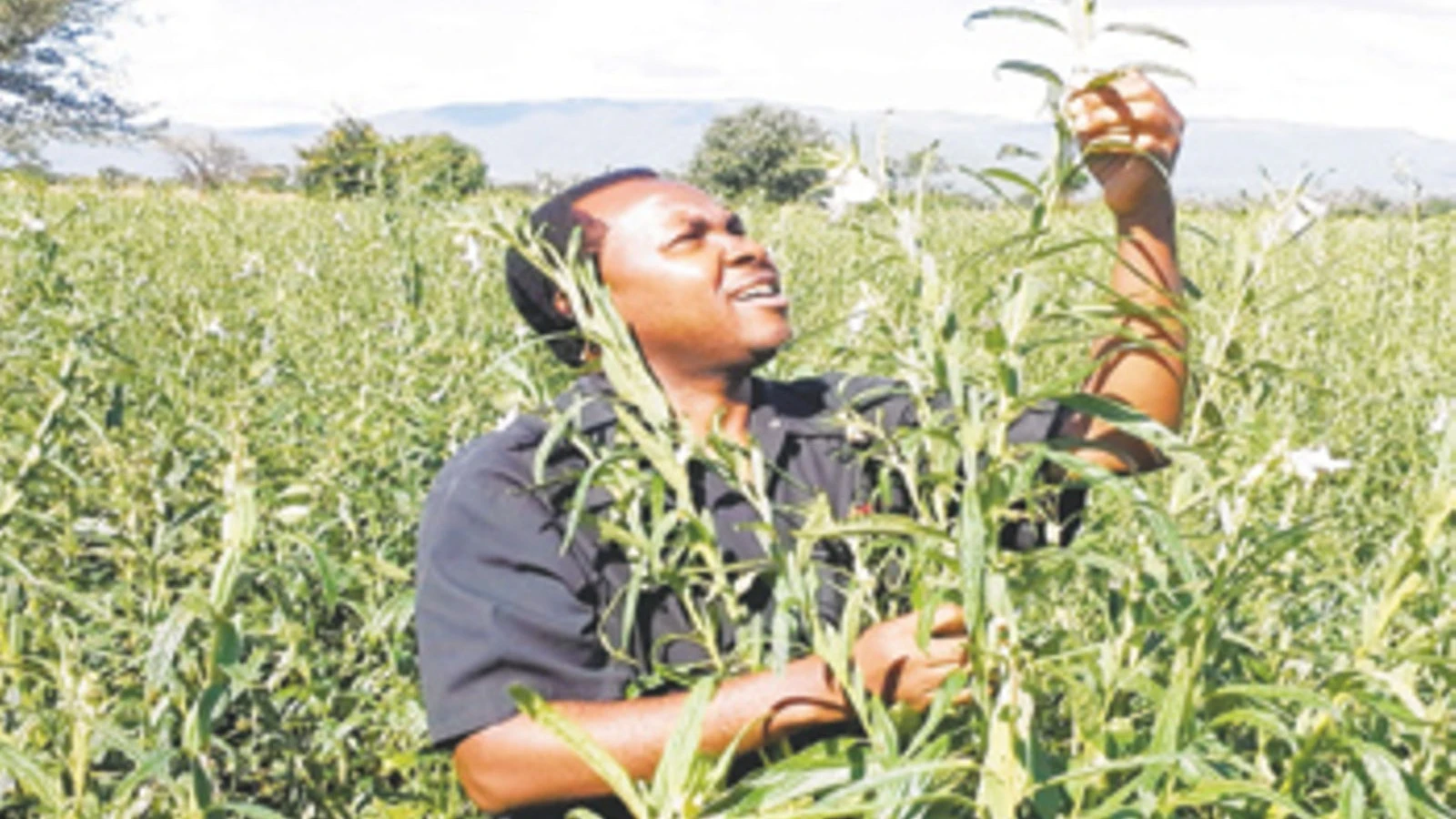
TANZANIA has successfully traded over 200,000 tonnes of sesame through the Tanzania Mercantile Exchange (TMX), a government-backed digital platform that facilitates transparent commodity trading, TMX Business Operations Officer Mahama Kadikilo revealed on Tuesday.
The achievement reflects the increasing adoption of the digital auction system by sesame producers across the country, particularly in regions like Lindi, Mtwara, Dodoma, Singida, and Manyara, where sesame farming is widespread.
According to Kadikilo, the use of the TMX platform has brought transformational change to the way sesame is marketed and sold. He noted that the system enables farmers to access competitive markets and obtain fairer prices for their produce compared to traditional, informal trading systems that often left smallholders at the mercy of middlemen.
“The Lindi Region leads the way, having sold approximately 74,000 tonnes of sesame through the TMX platform alone,” he said. “This indicates a positive trend as more farmers realize the importance of using official, transparent systems that are managed professionally.”
Kadikilo explained that the TMX trading model is based on auction principles that allow for transparent bidding by registered buyers, including processors, exporters, and traders. The process ensures that prices are determined by market forces, enhancing fairness and improving earnings for producers.
He emphasized that the exchange has enabled farmers to receive payments more quickly and securely, as all transactions are carried out electronically through regulated financial institutions, minimizing the risk of fraud and delays.
In addition to sesame, the TMX platform supports trading of other agricultural commodities such as green grams, maize, rice, and sunflower, aiming to promote fair trade, improve market efficiency, and enhance farmers’ incomes nationwide.
“TMX also plays a key role in linking Tanzanian produce to regional and international markets,” Kadikilo said. “We are gradually building a more structured and predictable trading environment that benefits everyone in the value chain.”
Kadikilo further urged farmers who have not yet registered with the TMX to do so through their respective agricultural marketing cooperatives (AMCOS) and local government offices to fully benefit from the platform’s services.
“The government, through the Ministry of Agriculture, continues to educate and mobilize farmers to use the TMX,” he added. “This is in line with national strategies to digitize agriculture, boost rural incomes, and formalize agricultural trade.”
Sesame is one of Tanzania’s high-value export crops, primarily used in food, oil production, and cosmetics. In recent years, global demand for sesame has increased significantly, particularly from countries such as China, Japan, Turkey, and the United Arab Emirates.
Lindi and Mtwara regions are Tanzania’s top sesame-producing zones due to their favorable climatic conditions. With the adoption of TMX, farmers in these areas are expected to see long-term improvements in their earnings and market access.
The Tanzania Mercantile Exchange was launched in 2018 as a regulated platform under the Capital Markets and Securities Authority (CMSA). Its core mandate is to provide a transparent, efficient, and inclusive marketplace for farmers, traders, and investors.
Kadikilo concluded by stating that the TMX will continue to scale up its services and improve digital infrastructure to ensure even more agricultural commodities are traded through the platform in the future.
“This 200,000-tonne milestone is just the beginning,” he said. “Our goal is to ensure that all strategic crops are traded through the exchange, enabling farmers to benefit from competitive pricing, reliable markets, and timely payments.”
Top Headlines
© 2025 IPPMEDIA.COM. ALL RIGHTS RESERVED



